How to Get Backlinks for Your Website: 12 Effective Strategies

Knowing how to get backlinks is crucial for your search engine optimization (SEO) efforts. A good backlinking strategy helps improve your site’s authority and rankings, resulting in more organic traffic.
However, not all backlinks have the same value. To help you generate high-quality backlinks, this article will cover 12 effective methods. We’ll also answer some of the most frequently asked questions about the topic.
Download Website Launch Checklist
What Are Backlinks and Why Are They Important?
Backlinks are links placed on other sites that point to one of your web pages. Also known as inbound links, these links can be placed in texts, images, or as call-to-action (CTA) buttons.
Backlinks play an important role in your website’s SEO for several reasons:
- Credibility. Google treats backlinks as a vote of trust or a recommendation for a specific page. Earning backlinks from multiple sources signals your site’s relevance and credibility.
- Rankings. Backlinks are one of Google’s ranking factors. The more external links your site earns, the higher it will rank on search engines.
- Accessibility. Search engines use links to find, crawl, and index your web pages faster.
- Referral traffic. Backlinks provide further information, recommendations, or resources on a given topic. When popular domains refer to your content, some of the readers will also visit your site.
Pro Tip
Improving your website’s ranking is a great way to attract more traffic and generate better results for your affiliate marketing strategy.
12 Effective Link-Building Strategies
Before learning how to get one, you must first know the traits of a high-quality backlink:
- Authoritative. Backlinks should come from high domain authority sites, such as established brands and industry-leading sites. Inbound links from low-quality and spammy sources can harm your site’s reputation and overall SEO performance.
- Relevant. Google puts more weight on backlinks from websites within the same niche. For a web development site, backlinks from a tech site are more valuable than those from a travel blog. Relevant anchor texts also help readers understand the link’s context.
- Dofollow. Dofollow backlinks are crucial to your link-building campaigns, as they pass link equity between web pages. On the other hand, nofollow backlinks do not transfer the referring domain’s authority, offering fewer SEO benefits for the destination site.
- Diversified sources. Google values source variety over link quantity. Therefore, it’s better to earn 10 links from 10 different websites than 100 links from the same source.
Now that we discussed what makes a quality backlink, let’s go through 12 link-building strategies to improve your SEO.
1. Create Link-Worthy Content
One of the most effective link-building techniques is creating linkable assets – high-quality content pieces that drive organic links and shares.
There are several types of linkable assets to consider:
- Tools. Apart from providing value for the readers, free tools are a great way to attract backlinks. For instance, fitness site owners may create a nutrition calculator to help visitors analyze their meals.
- Ultimate guides. A comprehensive tutorial has the potential to generate many backlinks to your website. This is because any site can use it as a source to complement its content.
- Studies. Whether through conducting research or compiling statistics from various sources, fact-driven articles can help you earn backlinks. They provide relevant data that other bloggers and publishers can use to support their claims and arguments.
This blogging statistics article is an excellent example of a linkable asset, generating over 12,000 backlinks and 1,500 social media shares.

2. Publish Comprehensive Guides
Ultimate guides are long-form articles that explain a topic in detail, covering all related keywords.
When writing a guide, consider evergreen topics. They remain relevant for an extended period, enabling you to promote the content without making significant changes or updates.
Once you’ve decided on a topic, search for the target keyword on Google and analyze each existing article. Identify the content structure, keywords used, and optimization strategies. Use this information to create a better and more comprehensive blog post.
Our How to Make a Website article, for example, is a comprehensive guide on making a website from scratch and contains around 6,000 words. This content piece has generated over 1,500 backlinks and received 6,000 monthly visits.
After creating the content, another important step in your backlink strategy is promoting it. Look for relevant sites in your niche and reach out to them. Explain how your comprehensive guide will be helpful for their readers and encourage them to add a few links to your website.
Additionally, analyze which sites link to other existing articles and present your guide as a better alternative.
Expert Tip
In our experience, comprehensive guides perform better in terms of organic link acquisition. This makes total sense since other sites can find different points to refer to in one single article.
Of course, there are tons of comprehensive guides out there, and competition is tough, so we’re always making sure our content stands out, is unique and helpful, and covers all the main points on the topic.
3. Use Infographics to Get Backlinks
Infographics, which are visual representations of data, are another type of content you should consider creating. With millions of blog posts being published every day, using them may help you stand out from the competition.
Other reasons to employ infographics in your content strategy are:
- Easy to understand. They convey messages quickly, saving the readers’ time and boosting reading comprehension by 50%.
- Highly sharable. Infographics are three times more likely to be shared than any other content.
- Easy to create. Creating infographics doesn’t have to be expensive or complicated. Various online tools, such as Canva and Visme, offer a free infographic maker.
This How a Car Engine Works infographic turns complex automotive issues into easy-to-understand content. It currently has over 3,000 backlinks from 527 referring domains.
Once your infographic is ready, post it on your own website and share it on social media platforms such as Instagram and Pinterest to reach a broader audience.
4. Write Testimonials
Testimonials play a crucial role in establishing a brand’s reputation, as 95% of customers read online reviews before making a purchase.
Write a review highlighting a tool or product you genuinely use. The company behind it may organically share your content on its platform as a way to provide social proof.
However, it’s also a good practice to notify the tool creator or product owner and ask them to share your blog post with their audience.
This TaxSlayer review article from NerdWallet thoroughly explains the financial company’s pricing structure and key features. According to Ahrefs, the review has generated over 6,000 backlinks, including the ones from TaxSlayer.
5. Build Links Through Listicles
Start by finding listicles that do not include your website. Use Google search operators to make a targeted search by employing a minus sign (-) to exclude your brand from the results.
For example, when you type “the best design inspiration websites –Behance,” Google will show all relevant pages that do not include Behance in the list.
Once you’ve gathered the listicles, contact the creators and ask them to feature your site. Provide reasons why your brand is more valuable than the existing entries.
For established companies, the easiest way is to find unlinked brand mentions through SEO tools like Ahrefs:
- Go to Content Explorer.
- Search for your brand name and exclude your website address. For example: “brand” -site:example.com.
- Click Highlight unlinked and enter your domain name.
The tool will display all pages that mention your brand without linking to your website. Filter the search results to find relevant link-building opportunities, reach out to the authors, and ask them to include links to your site.
Expert Tip
These external sources mentioning us in their blog post shows that they respect our brand and chose to share it with their audience.
Therefore, reclaiming those backlinks should be easy – a short and friendly email request usually does the job.
6. Do Link Gap Analysis
Apart from creating quality content, analyzing your competitors is a great way to improve your link-building strategy. It enables you to identify their top-performing content, keywords, and traffic sources.
Perform a link gap analysis to find which sources link to competitors:
- On Ahrefs, access the Site Explorer.
- Type in the desired domain name.
- On the Backlink Profile section, click Backlinks.
- Select Dofollow and New.
- Toggle on the Live links only option.
Ahrefs will provide a backlink report of the competitor’s domain, along with the page’s monthly traffic and keywords.
Use this data to identify authoritative sources within your niche. Reach out to those sites and explain why your content is more relevant and valuable than your competitor’s.
Also, look for any guest posting websites the competitor uses to get backlinks and try to publish your articles there.
7. Start Guest Blogging
Guest blogging is the practice of writing articles for other websites, often in exchange for backlinks.
To find sites that offer guest posting opportunities, run a simple Google search using “target keyword + write for us”.
Then, go to each Write For Us page and read the guest posting rules. Find the contact information and write an email introducing yourself.
Include an article idea and explain the benefits of publishing your guest posts. Repeat this process to establish yourself as an industry expert and earn high-quality backlinks.
Expert Tip
All campaigns are unique – we tend to try a lot of different approaches.
However, short and clear personalized messages work the best – let’s be honest, no one really enjoys reading long and boring emails.
Also, catchy subject lines can help attract the recipient’s attention. Lastly, I would suggest mentioning a potential article title or idea and the value it would bring to them – website traffic, referring domain potential, niche relevancy, etc.
8. Find Broken Links to Build Backlinks
Broken link-building is another effective SEO strategy. Some of the reasons that cause a broken link include page removal, URL change, and domain name expiration.
Start by finding broken links on a competitor’s website:
- Go to Ahref’s Site Explorer.
- Enter the website’s address.
- Under the Backlink Profile section, click Broken. The tool will show all the competitor’s broken pages.
Once you have this information, contact the referring domains to report broken links and suggest replacing them with links to your relevant content.
Expert Tip
This strategy provides value for both you and the site owner. No one wants to have broken external links in their content, right?
Make sure your content is a relevant and useful replacement. It has to make sense in the context and be worth linking to. Therefore, be straightforward in explaining the value of the change.
Ask yourself: why is your content relevant? Why is it a good replacement? Why is it better than any other source of information on the same topic? Why does the broken link need to be fixed in the first place? All of these answers will be super useful in generating the best pitch for broken link building.
9. Join a Business Organization
Joining an association enables you to learn from industry experts and gain valuable insights to grow your business. It also offers an easy way to earn backlinks since these websites typically link to their members.
If you own a local business, start by finding and joining an organization in your area. Then, ask the web administrator to include your website on their directory page.
Take notes from this example by The Chamber.
The page displays all business industries in the Long Beach area. When clicked, each category shows a list of companies along with their contact information and website link.
10. Participate in Forums
Participating in discussion forums is another great link-building strategy. Not only does it build your reputation as an industry expert, but it can also drive targeted traffic to your site.
Start by finding relevant forums in your niche that offer dofollow backlinks. Alternatively, inspect your competitors’ websites to see which forums are linking to them:
- Go to Ahref’s Site Explorer and enter the competitor’s website.
- On the Backlinks Profile section, click Backlinks.
- Select Dofollow.
- Enter “forum” on the search.
- Choose the Domain name filter and click Show Results.
Once the tool has displayed all referring sites, create an account on those platforms and start answering relevant questions. Include a link to your website in your signature and, whenever possible, add contextual links to your own page on the topic.
Additionally, sign up for popular question-and-answer platforms like Quora. While it uses nofollow links, the discussion site helps showcase your knowledge and expertise to a broader audience.
11. Become a Source for Journalists
This strategy involves becoming a valuable source for top publications.
To do that, promote your content to journalists and news sites through Help a Reporter Out (HARO), a platform that connects you with media sites that need sources.
Register as a source and choose one of the three available plans. We recommend starting with the free plan to understand how the platform works before scaling up.
After signing up, you’ll receive emails from HARO containing requests from various news outlets. The email usually includes the reporter’s name, industry, company, query, and specific requirements.
Respond to relevant requests with actionable tips and best practices based on the requirements. If your answer gets picked up, the news website will link to your page.
12. Use Google Search Console
Apart from generating backlinks, monitoring their health and performance is also important. Use Google Search Console to analyze your backlink profile, identify 404 errors, and find new backlink-building opportunities:
- Coverage report. Inspect the Coverage report regularly to see when other websites link to non-existent or broken pages on your site. Then, redirect the external link to the correct URL.
- Top linking sites. This report informs you which sites link to you the most. Since they already mention your site, reach out and encourage them to provide additional backlinks.
- Top linked pages. This section shows which of your web pages drive the most backlinks. Use this information to identify the content type that suits your link-building strategy.
Conclusion
Backlinks are a crucial part of your SEO strategy. The more backlinks your site earns, the higher it will rank on search results.
However, quantity is not the only determining factor – the links must also be high quality. While external links from reputable sources boost your site’s credibility, spammy links offer little SEO benefits, potentially harming its reputation.
To get high-quality links, apply the following best practices:
- Create linkable assets, such as statistics, reports, case studies, infographics, and comprehensive guides.
- Research other websites to implement link gap analysis and broken link building.
- Ask to be featured on other publishers’ listicles or business directory pages.
- Write guest posts and testimonials.
- Participate in forums and journalist sites like HARO.
We hope this article has helped you understand the importance of backlinks and how to implement an effective strategy. If you have more questions, check out our FAQ below.
Read More About Marketing Tips and Tricks
How to Analyze Website Performance and Get Higher Traffic
What Is CRO? A Guide to Conversion Rate Optimization
10 Ways on How to Monetize a Website
How to Create a Landing Page
How to Drive Traffic to Your Website?
How to Build a Brand
What Is Performance Marketing
How to Get Backlinks FAQ
This section will answer some frequently asked questions about backlinks.
What Are Considered High-Quality Backlinks?
High-quality backlinks refer to dofollow links from authoritative sites within your niche. These links transfer the referring domain’s authority and value to your site, helping it climb search rankings. Additionally, the anchor text should contain relevant keywords that describe your content.
Do YouTube Videos Count as Backlinks?
Unfortunately, links from YouTube are usually nofollow ones. While these links do not impact your SEO strategy directly, they’re still valuable when considering the high traffic potential of YouTube.
Do Backlinks Help SEO?
Yes, high-quality backlinks signal to Google that your site is relevant and trustworthy. Consequently, the search engine will rank it higher.



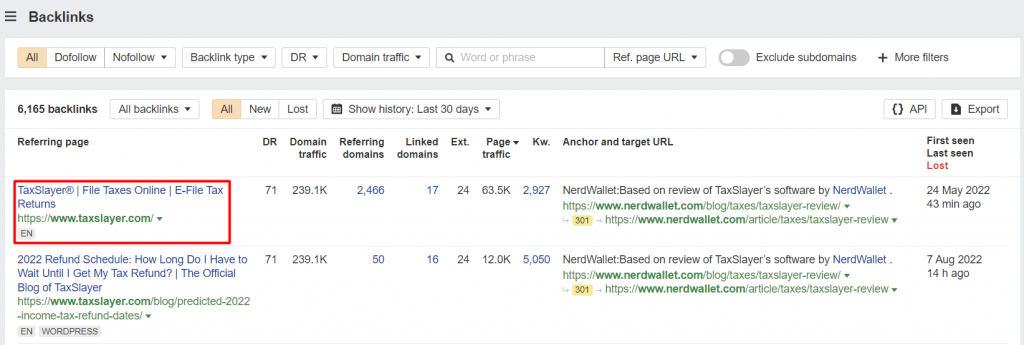
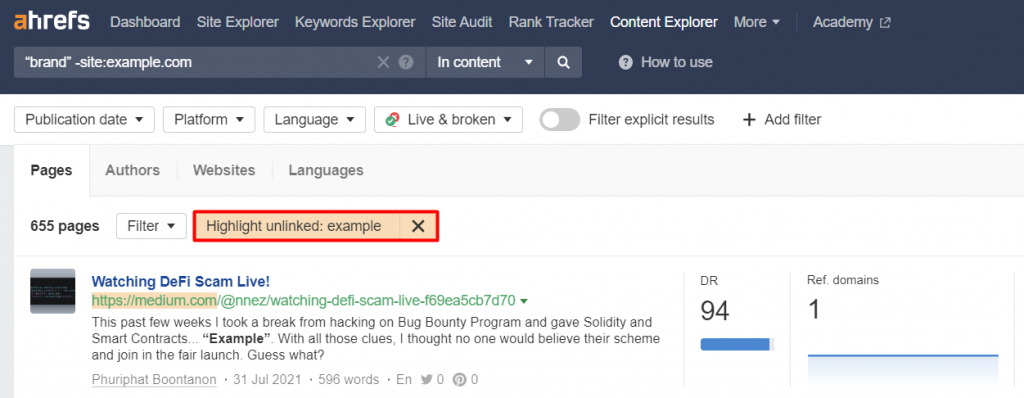
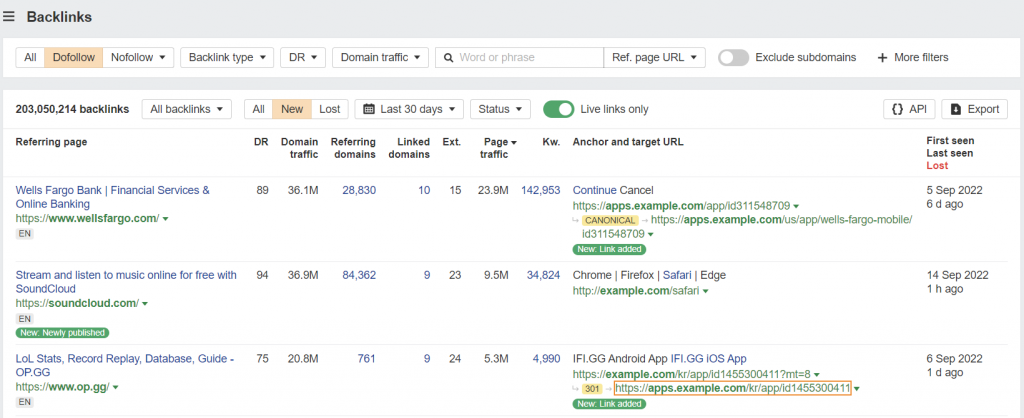
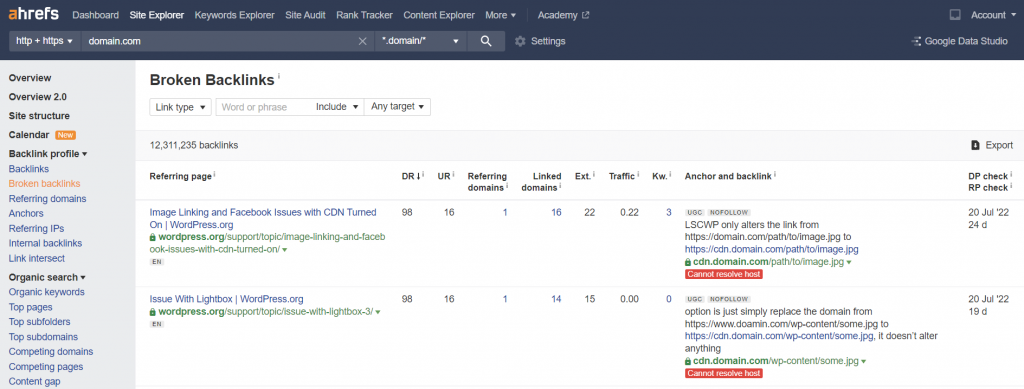
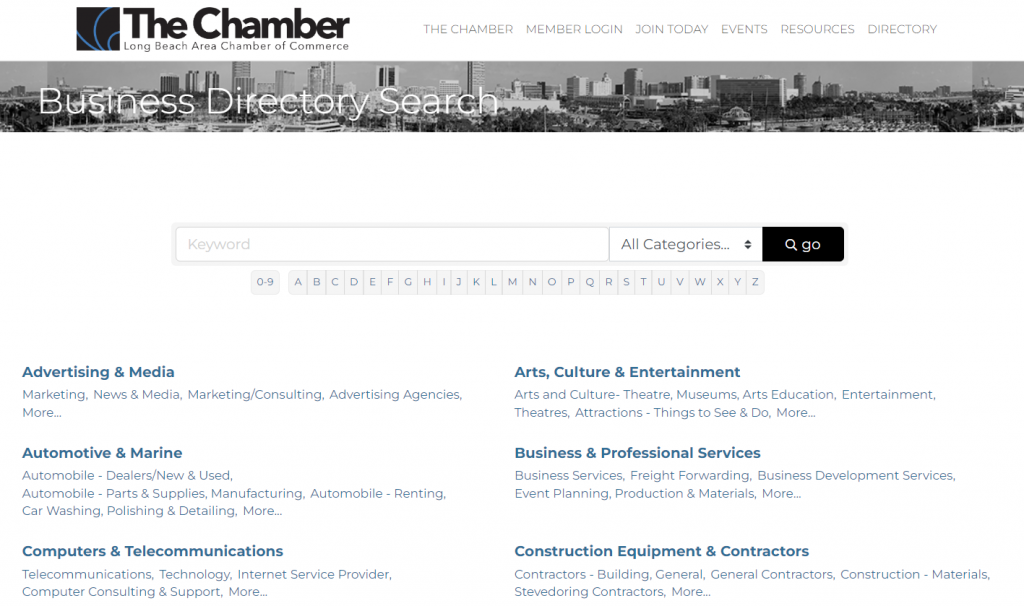
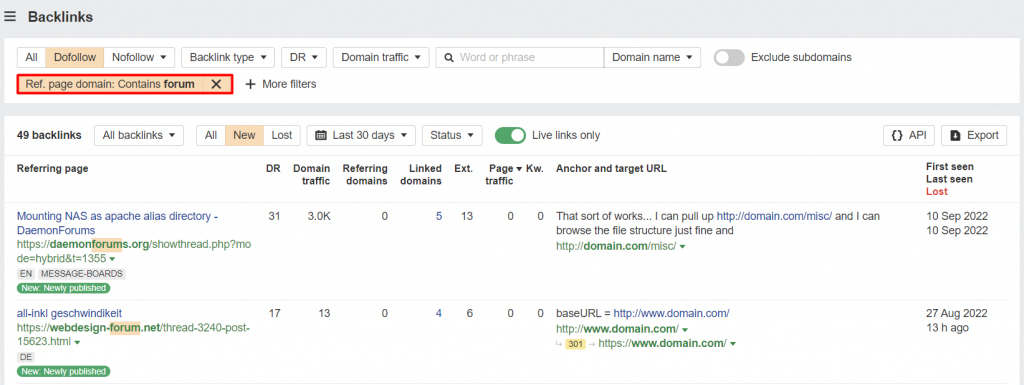
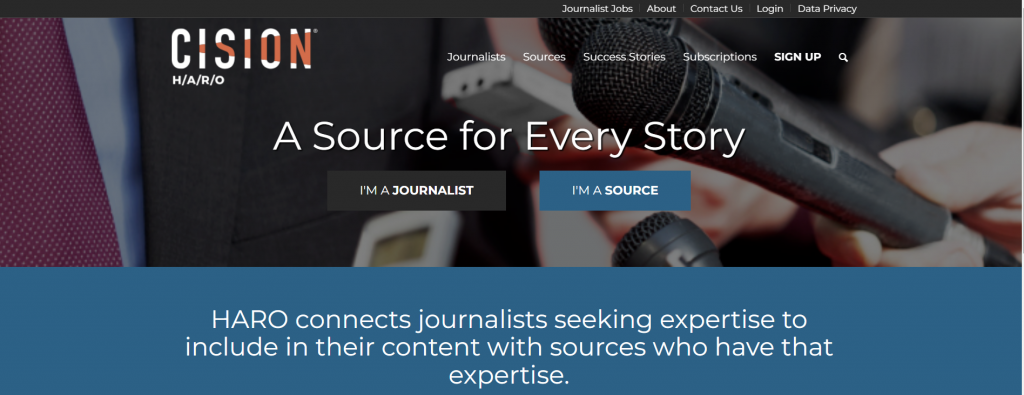


Comments
January 01 2024
Hi Brian, Thank you very much for your useful content. Looking forward to come back and read posts from you soon. Best Regards Reji
January 03 2024
Hi, Reji! I'm glad you found the content useful. Feel free to return anytime for more posts and information. If you have any specific topics you'd like us to cover or if you have any questions, don't hesitate to reach out ?